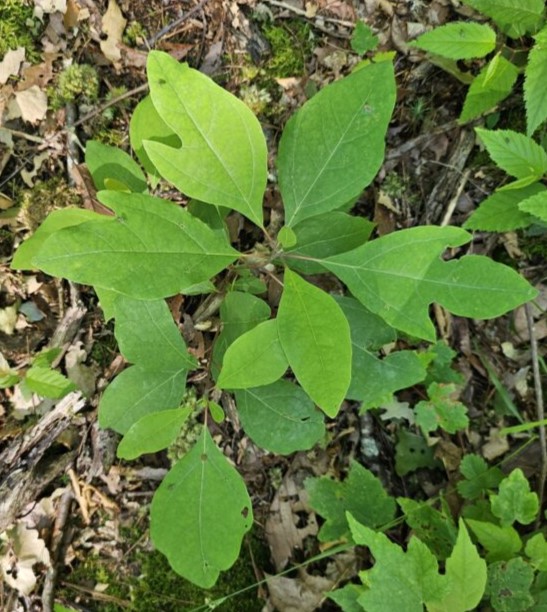Established in 1999, the Dickey Farm conservation easement stands as a testament to thoughtful stewardship and long-term planning. The decision to conserve their 195-acre property came after the landowners attended an ‘Estate Planning for Family Lands’ workshop hosted by NPC. Already equipped with a farm plan and woodlot management strategy, they were dedicated to enhancing wildlife habitat on their property. Recognizing the importance of conserving their land in perpetuity, they chose to establish a conservation easement.
Today, Dickey Farm remains a thriving example of productive farmland. The conservation easement not only helps conserve wildlife habitat but also conserves critical water and scenic resources. The property’s unique geography includes a ridge that divides its drainage into two watersheds. A spring originating here flows into Sugar Run, a tributary of the West Branch Susquehanna River, while the back portion drains into the Bald Eagle Creek watershed. Its prominent location ensures it is visible from several public roads and neighboring State Game Lands to the south.
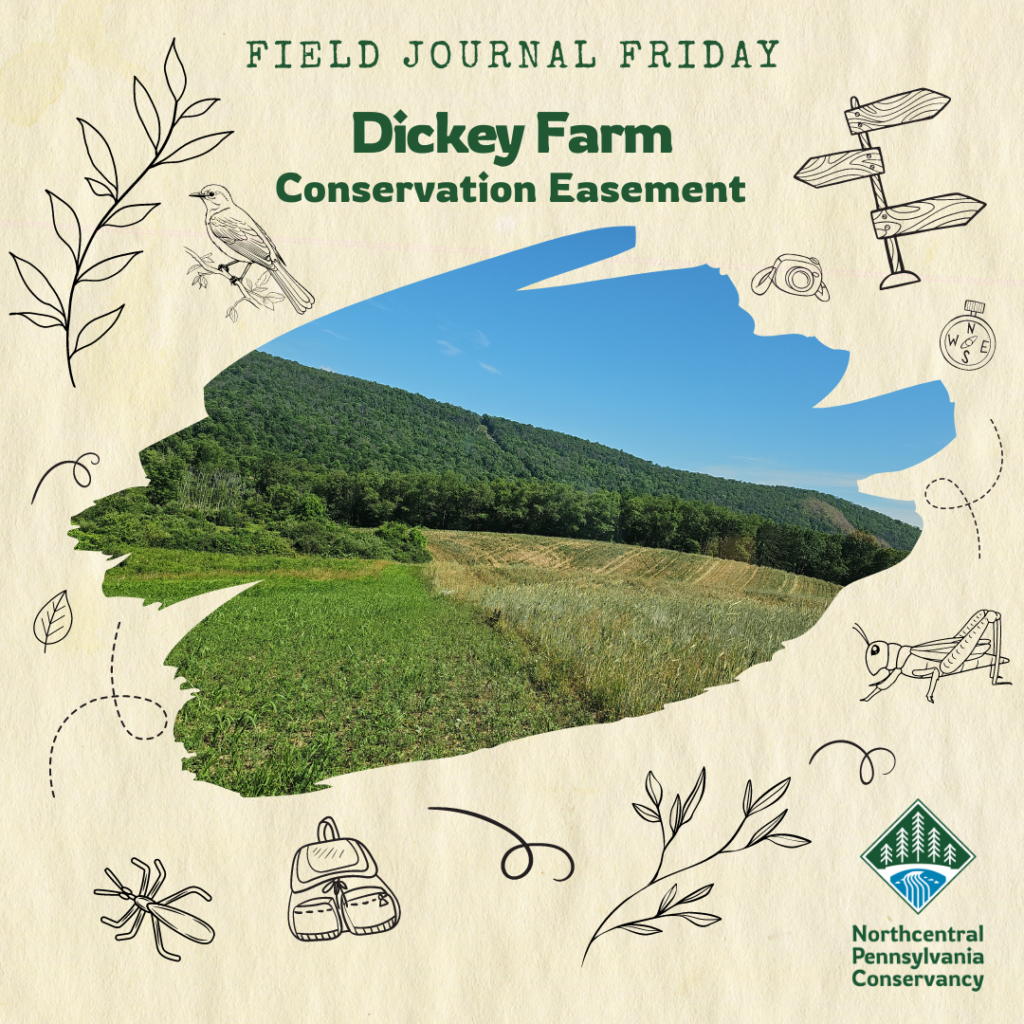
Observation #1: Daisy Fleabane
Daisy fleabane (Erigeron annuus), a native wildflower in Pennsylvania, belongs to the aster family and blooms from late spring through summer. Its clusters of small, daisy-like flowers with yellow centers and white rays attract pollinators like bees and butterflies. Often found in meadows and along woodland edges, this resilient flower adds a cheerful touch to Pennsylvania’s landscapes, sometimes becoming a favorite gifted bouquet picked by little hands.
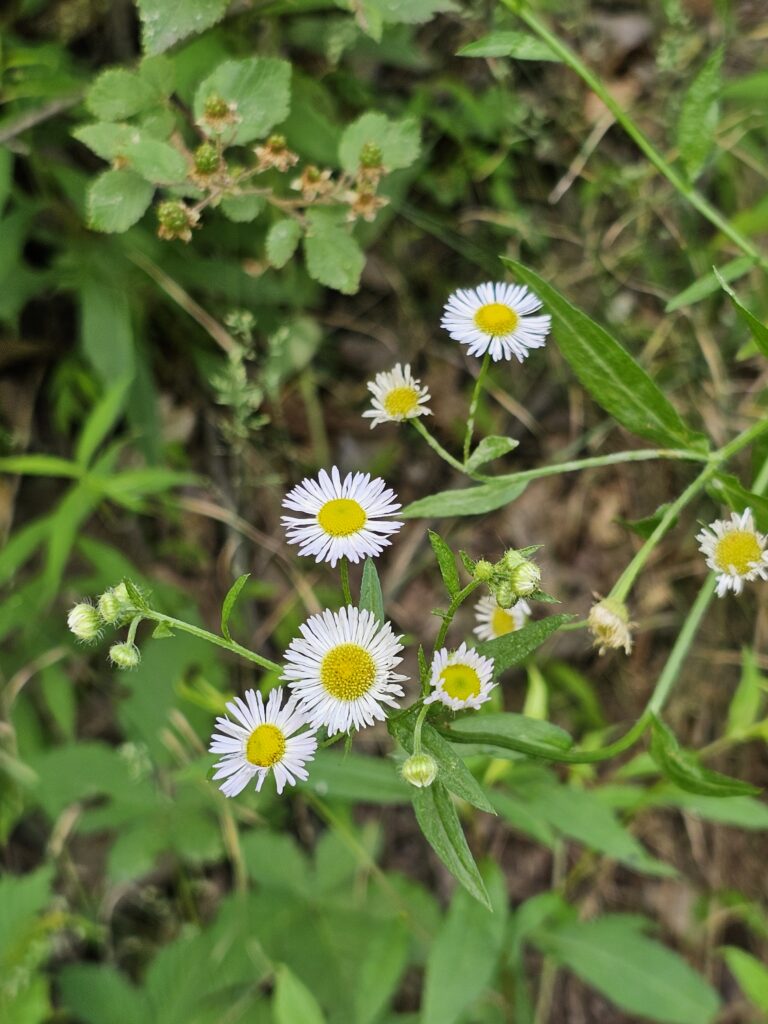
Observation #2: Round-Leaved Orchid
In Pennsylvania, the round-leaved orchid (Amerorchis rotundifolia) adds a touch of elegance to moist woodlands and meadows with its distinctive features. Characterized by round, glossy leaves forming a basal rosette and a slender flowering stem bearing clusters of small, intricate flowers, this orchid blooms from mid to late summer.
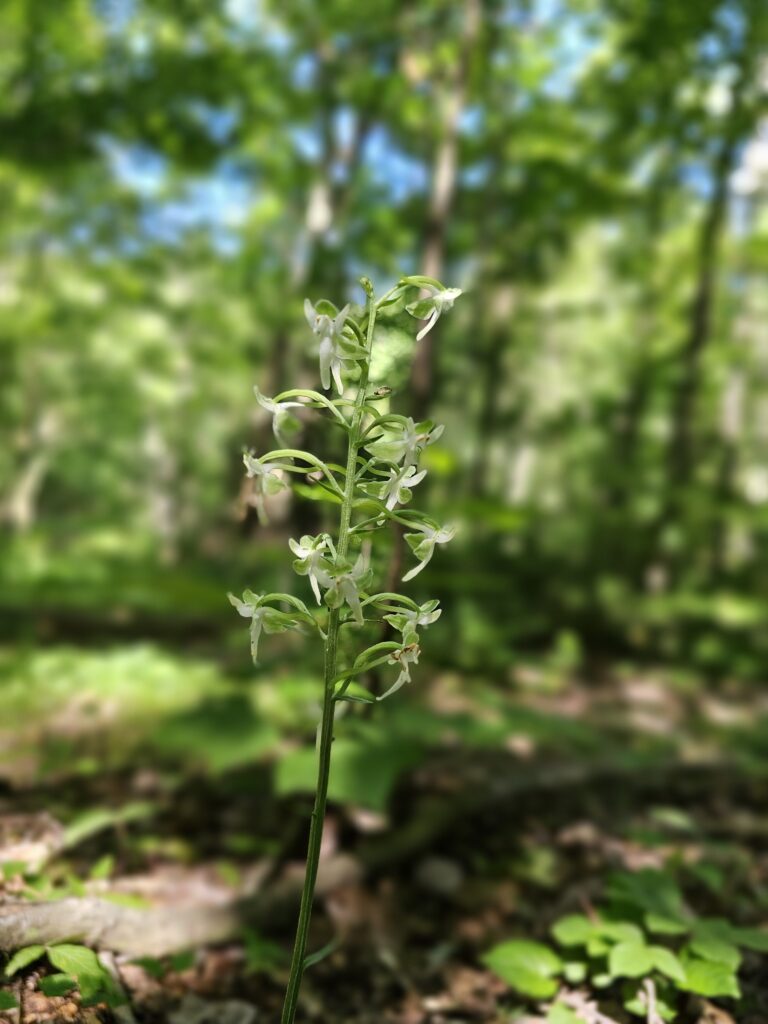
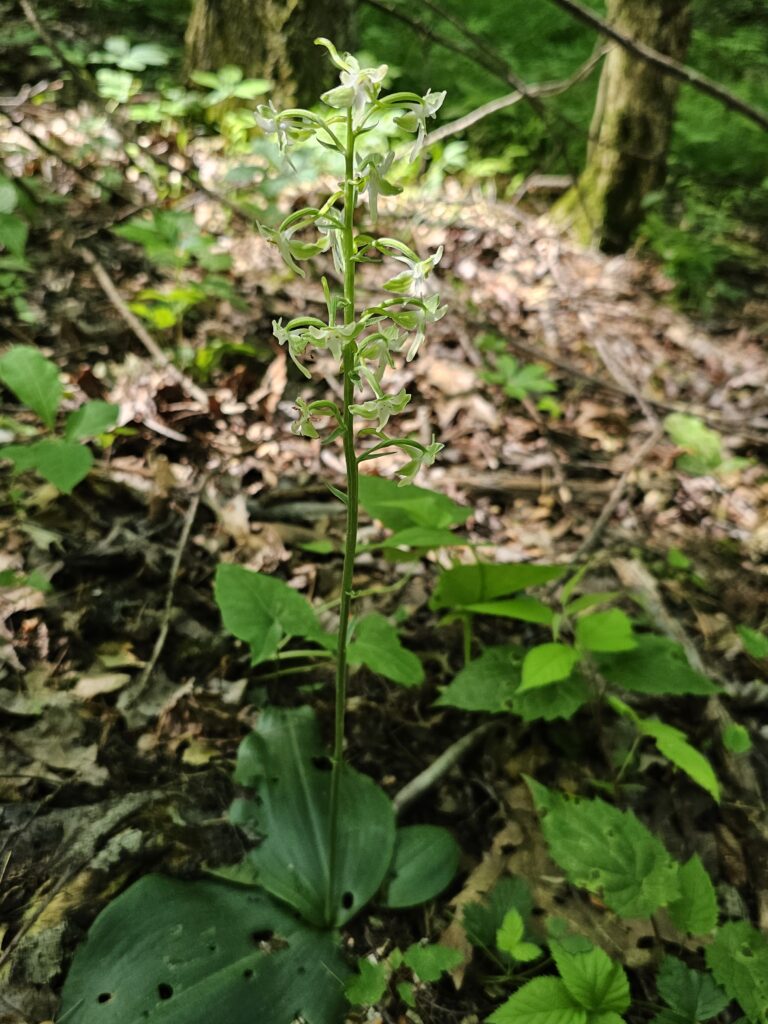
Observation #3: Perfoliate Bellwort
Perfoliate bellwort (Uvularia perfoliata), found in Pennsylvania’s woodlands and forest edges, stands out with its distinctive perfoliate leaves. The term “perfoliate” refers to the botanical feature where the stem appears to pass through the center of the leaf. This gives the impression that the leaf is pierced or surrounded by the stem itself. In early to mid-spring, perfoliate bellwort blooms with delicate, pendulous yellow flowers that hang beneath its gracefully arching stems.
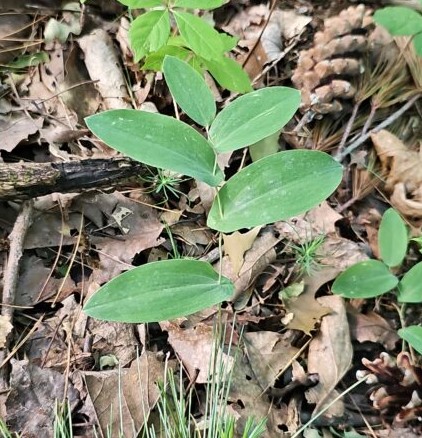
Observation #4: Sassafras
Pennsylvania’s forests showcase sassafras (Sassafras albidum) with its distinct three-lobed leaves that can vary in shape, including mitten-shaped and trilobed forms, offering a colorful display of yellow, orange, and red foliage during the fall season. Beyond its visual appeal, sassafras was historically used by Native American tribes and later European settlers for its aromatic bark, roots, and leaves, which were believed to have medicinal and culinary properties.
